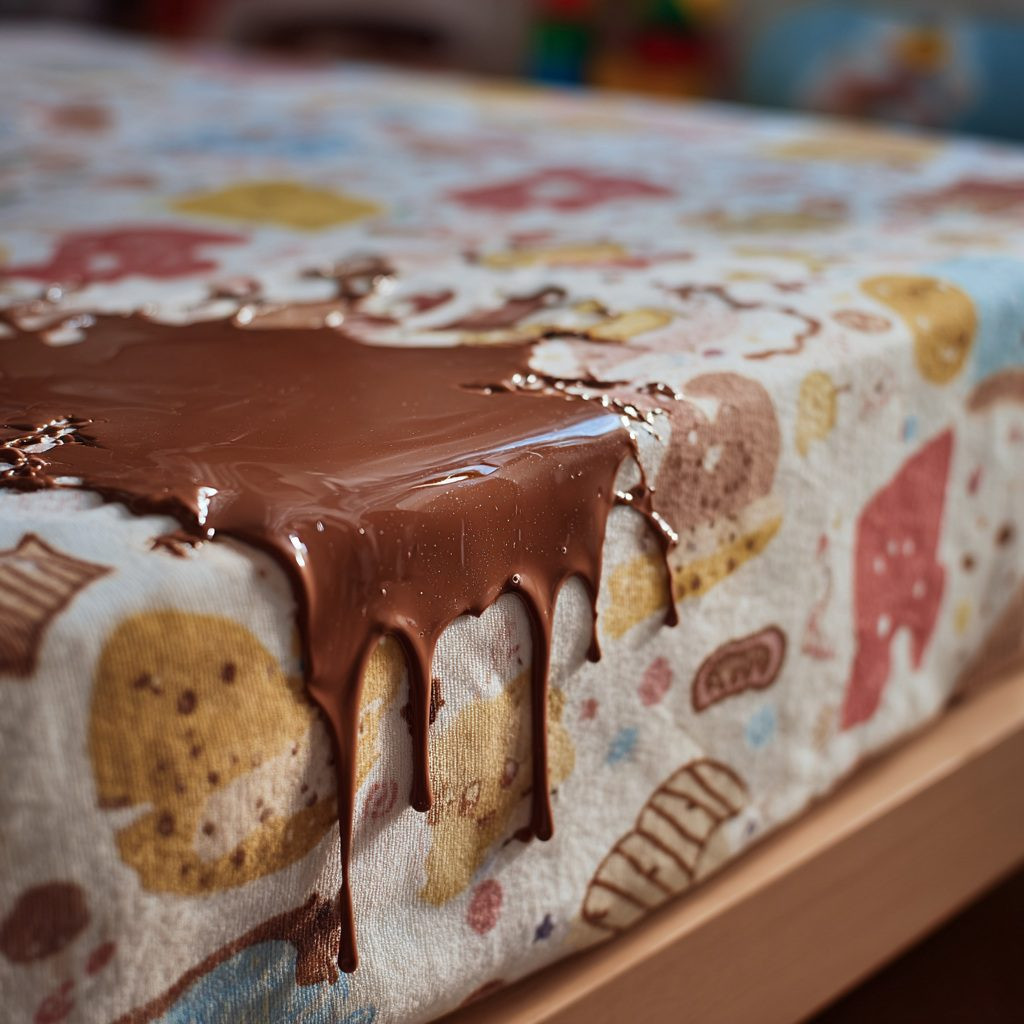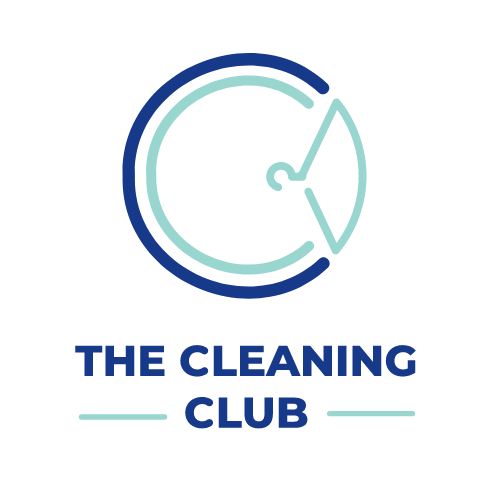The Cleaning Club Offers Expert Guidance on Tackling Melted Chocolate in Children’s Bedding
West Los Angeles Comforter Cleaning Service Shares Proven Solutions for Parents
Los Angeles, CA – The Cleaning Club, a professional comforter and textile cleaning service in West Los Angeles, has released expert recommendations to help parents effectively remove melted chocolate stains from children’s bedding. The company emphasizes that while the issue is common in households, handling it with the right techniques can prevent damage and restore comfort quickly.
Chocolate in Bedding: A Common Challenge for Parents
Children often turn their beds into snack zones, despite rules against eating under the covers. As a result, parents are frequently left dealing with melted chocolate smears on sheets, pillowcases, and blankets. The Cleaning Club advises that parents avoid panic and impulsive scrubbing, which can worsen the situation, and instead adopt a step-by-step approach to preserve fabric quality.
Step 1: Let the Chocolate Harden
The Cleaning Club recommends allowing the chocolate to harden before attempting removal. Immediate scrubbing spreads the stain and forces it deeper into the fabric. To harden the chocolate, parents should place ice cubes in a plastic bag and set it gently over the affected area for 10–15 minutes. Once hardened, a butter knife or spoon can be used to carefully scrape away the top layer. This method reduces the chance of embedding the chocolate further, making the next steps more manageable.
Step 2: Lift the Oils Without Spreading
Because chocolate contains cocoa butter and milk fats, oils often seep into the fibers even after visible residue is gone. To address this, The Cleaning Club suggests turning the fabric inside out if possible, then running cold water through the back of the stain. Warm or hot water should be avoided, as it may re-melt the chocolate. Using a clean white cloth or paper towel, parents can blot from the outside to lift oils and prepare the fabric for pretreatment.
Step 3: Apply a Targeted Pretreatment
With most residue removed, a targeted pretreatment is the next step. The Cleaning Club advises against bleach, instead recommending a gentle but effective method. Parents should apply a small amount of liquid laundry detergent designed for cold-water washing, gently rubbing it into the fabric with fingers or a soft toothbrush. The pretreatment should sit for 15–20 minutes before rinsing. For delicate fabrics such as bamboo or linen, parents should ensure detergents are safe for those materials.
Step 4: Avoid Fabric Softener or Bleach
The Cleaning Club warns parents not to use fabric softener or bleach at this stage. These products can permanently set the stain, damage fibers such as silk and wool, or interfere with high-efficiency washing machines. Instead, detergents labeled “free and clear” or enzymatic options designed for sensitive fabrics are recommended, as enzymes help break down fats and proteins found in chocolate.
Step 5: Inspect Before Washing
Before washing the entire comforter or bedding set, The Cleaning Club stresses the importance of inspection. Parents should hold the fabric up to light to check for any remaining discoloration. If shadows or oily marks remain, the pretreatment should be repeated. Washing and drying a stained item too soon can cause the stain to become permanent due to heat setting.
Step 6: Select the Correct Wash Cycle
When the bedding is ready for a full wash, cycle selection is crucial. For cotton, microfiber, or polyester sheets, a cold or warm gentle cycle is recommended. Duvet covers or quilts should be washed using the “bedding” or “bulky” setting if available. Detergent should be used without fabric softener or bleach. For oversized items such as comforters, The Cleaning Club suggests using commercial-size machines at laundromats or professional services to ensure thorough cleaning.
Step 7: Air Dry Whenever Possible
After washing, air drying is preferred over machine drying. Heat from dryers can set residual stains permanently. Parents are encouraged to lay bedding flat on a clean towel, hang it over a drying rack, or line-dry it in a well-ventilated space. Sunlight can help naturally lighten stains, although it should be avoided for brightly colored or delicate items. Once dry, bedding should be rechecked, and treatments repeated if necessary.
Step 8: Call the Professionals When Needed
For difficult stains or delicate fabrics, professional intervention may be the best solution. The Cleaning Club highlights its expertise in solvent-free, eco-friendly cleaning techniques that are safe for children’s bedding. Many professional services, including The Cleaning Club, offer pickup and delivery, helping parents save time while ensuring textiles are thoroughly cleaned and protected.
About The Cleaning Club
The Cleaning Club has built its reputation in West Los Angeles as a trusted comforter and bedding cleaning service. Specializing in professional care for bulky items, the company utilizes high-powered machines designed to clean large textiles thoroughly and evenly. With eco-friendly solvents that are tough on stains but gentle on fabrics, The Cleaning Club delivers results parents can trust.
The company’s team is professionally trained, ensuring each item is cared for according to its material and needs. With reliable next-day turnaround—ready by 5:00 PM—and convenient pickup and delivery, The Cleaning Club provides a hassle-free experience for families.
Located at 10905 Venice Boulevard, Unit 101, Los Angeles, California, 90034, The Cleaning Club invites parents to visit in person or book services online. For more information, families can schedule same-day pickups through the company’s website or app.




